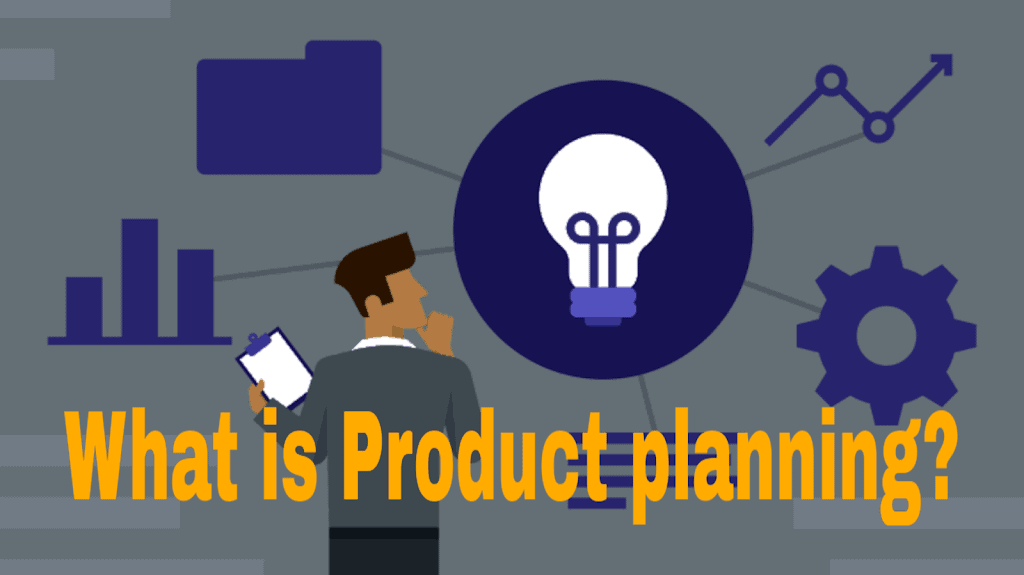Manufacturing Resource Planning (MRP II): [PDF Inside] Elements, Advantages, Disadvantages, MRP I VS MRP II
All you need for your manufacturing process is resources- people, equipment, software, materials, and facilities. Whatever you are producing, you need to manage those resources to successfully do it. The method we used to manage manufacturing resources is called Manufacturing Resource Planning (MRP II).
It is called MRP II because it evolved from MRP I (Material Requirement Planning) which is an earlier resource planning system.
What you are going to learn?
Definition of Manufacturing Resource Planning (MRP II)
Manufacturing Resource Planning (MRP II) is a technique for the effective planning of all manufacturing resources of a company. It enables manufacturers to develop a precise production schedule for the future that minimizes expenses and maximizes the utilization of available resources.
Understanding MRP II
The term refers to an information system that facilities the decision-making process by centralizing, integrating, and processing information related to the manufacturing process.
It allows management to make an exact visualization of the scheduling and inventory strategy and design engineering and to effectively employ cost-control criteria.
Manufacturing Resource Planning is a computer-based technique that can make detailed production schedules using real-time data to coordinate the arrival of component materials with the machine and labor availability.
Previously, material requirement planning (MRP I) was one of the first software-based integrated information systems developed to enhance the productivity of the business. But, in the 1980s, manufacturers realized they required more effective software that could also tie into their accounting system and forecast inventory requirements. In this case, MRP II provided a solution as it included the required functionality in addition to all the capabilities offered by MRP I.
Elements of Manufacturing Resource Planning
There are some elements of MRP II;
1. Feedback:
MRP II includes a good feedback system that collects important feedback from the production floor. It merges this information to all levels of the schedule so that the next run is revised frequently.
2. Schedule of Resources:
Inventory management and control include a scheduling ability that focuses on resources such as tools, machinery, and raw materials, which are vital for the production of the final product. This is the main feature of MRP II. It allows for the generation of complete and correct data, which helps to achieve more tight control of the manufacturing process.
3. Batching Guideline:
MRP II includes batching guidelines because it is an essential element in the scheduling of resources as MRP software features a host of batching rules. The important elements are:
- Lot for Lot: It means the batches that perfectly match client orders.
- Economic Batch Quantity: In Economic Batch Quantity, the size of the batch is calculated using a formula that significantly lowers cost through balancing between the cost of stock and setup cost.
- Part Period Cover: It usually means the production of the batches that fulfill the client’s demand for a fixed period of time.
4. Software Extension Capability:
Besides resource control and inventory, MRP II also includes some other important capabilities;
- Stock recording
- Cost accounting
- Soft & hard allocation
- Sales ordering process
- Computerized ordering of materials
- Analysis of resource materials
5. Labour Capacity Planning:
MRP simplifies the calculation of standard labor against the number of hours required to meet daily, weekly, or monthly labor schedules. It automatically handles labor by means of type and qualifications.
6. Accurate Data:
To positively impact the manufacturing process, the initial data indexed should be correct in order for the MRP II. Mistakes in encoding information in the system cause a variety of troubles for the business. Businesses that design and distribute MRP suggest users carefully input data to gain up to 98% or higher in terms of accuracy.
Advantages of Manufacturing Resource Planning (MRP II)
There are some advantages of MRP II, they are;
1. Maximum Efficiency:
The top advantage of MRP II is that it is an overall strategy rather than a proprietary software program. It helps manufacturing leaders plan their resources for maximum efficiency.
2. Production on a Day-to-Day Basis:
Manufacturing Resource Planning ensures that manufacturers have the needed materials and human resources to manage production on a day-to-day basis. This strategy also decreases waste as it allows management to only order what they require.
3. Create Standards:
MRP II creates standards that can be acted across all areas of operations. If those standards are accurately put in place, then leaders can regularly observe performance and highlight areas where improvements should be made.
4. Provide Guidelines:
MRP II also provides guidelines to the employees charged with doing the work every day, since their job expectations will be clearly outlined from the beginning.
Disadvantages of Manufacturing Resource Planning (MRP II)
Besides advantages, there are some disadvantages too;
1. Risk in Implementing:
MRP II is a technology-driven or software-based process so one mistake or misinformation can throw things off. Maybe its’ a software-based system but that is operated by humans, so, any time mistakes could take place.
2. Loss of Productivity:
If teams depend heavily on software, the system goes down for a few hours sometimes. In this way, the operations can come to a halt.
3. Not for All:
Those manufacturers who specialize in engineer-to-order products may find that the framework isn’t as valuable as it would be for make-to-stock manufacturers. It is also not perfect for small manufacturers or manufacturers with low investments.
4: Data Accuracy Risk:
The most significant risk of a Manufacturing Resource Planning (MRP II) system is that the data you have to put into the system must be consistent, valid, and accurate, otherwise, it could deliver bad or underwhelming results.
MRP II Softwares
Here is some best MRP II software:
- Oracle NetSuite
- Oracle Corporation
- Odoo
- Fishbowl Inventory
- Job Boss
- Acumatica
- Master control
- Infor
- Sage X3
- ERPAG
MRP I vs MRP II
Here is a feature-wise comparison of MRP I VS MRP II:
| Features | MRP I | MRP II |
| Bills of materials: | Yes | Yes |
| Inventory Control: | Yes | Yes |
| Master Production Scheduling (MPS): | Yes | Yes |
| Demand Forecasting: | No | Yes |
| Equipment maintenance scheduling: | No | Yes |
| Accounting & financial planning | No | Yes |
The original MRP was an earlier computer-based process of improving productivity within an industry. The system solely depends on collecting specific sets of data and analyzing them.
MRP II, the successor of MRP I, contains the same core scheduling tools and inventory management but adds functionalities like- forecast demand, managing capacity, increasing quality, accounting, financial planning, etc.





Pingback: Enterprise Resource Planning (ERP): [PDF Included] Types, Advantages, Disadvantages, Modules, Features - EDUCATIONLEAVES